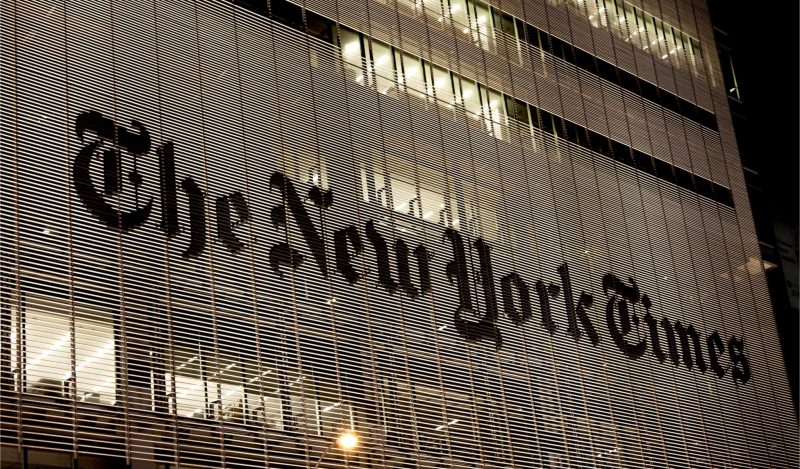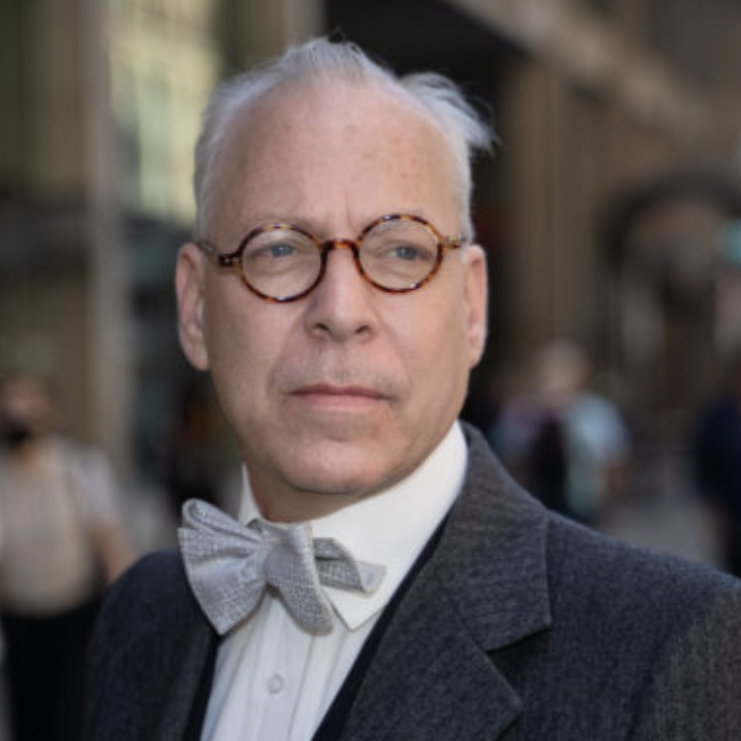Anytime this past year, the New York Times would tell you based on your zip code how much danger you face from Covid, based on case trends. Even at the lowest level, they always recommended against travel and for having food delivered to you.
Think about that. They did not suggest that you deliver food; they suggested that someone else do it for you. Nor did they suggest that you bring food to others from groceries and take-out restaurants; they suggested that you stay put and let someone else do that.
That someone else was clearly not a reader of the New York Times. They do not speak to, much less for, delivery people or truckers. Or hospital workers. Or tree cutters or those who pick up the trash. They speak to and for those whom they serve. They are the people who read the Times.
This little revelation tells you something extremely significant about the lockdowns. They were a ruling-class policy that implicitly foisted the burden of exposure and subsequent immunity on the other.
No, they didn’t put it that way. They didn’t have to. The policy is a normal outcome of a class-based system of public health since the ancient world. It’s nothing new in history but it is largely new to the West in modern times.
Have a look at this great study in the Annals of the American Association of Geographers: Staying at Home Is a Privilege: Evidence from Fine-Grained Mobile Phone Location Data in the United States during the COVID-19 Pandemic, by four American researchers. They examine mobility data to divide it by income and college education. What they found will not surprise you.
“Our study reveals the geographical and social disparities in compliance with stay-at-home orders, potentially leading to disparate exposure to the COVID-19. Such disparate exposure to vulnerable populations can further compound other disadvantages, such as underlying comorbidities, poor access to and low utilization of high-quality health care, and limited access to COVID-19 testing centers, further causing negative health outcomes for the vulnerable populations.”
What does this mean? It means that well-to-do Zoomable people could stay home while everyone else faced exposure. To be sure, that is provided you believe that getting out and about really was dangerous whereas staying home was not, which is not entirely clear actually. Regardless, the pandemic planners certainly believed it to be true.
Stay home and stay safe, they said to themselves and others of their social class. Let them deliver the goods!
In order to see the significance, we need to discuss the sociology of infectious disease. It’s long been known – one could almost say until recently – that there is no such thing as a germ-free world. New pathogens of this sort follow a normal and well-documented path from pandemic to endemic, which is to say that we learn to live with them and our bodies adapt via immunity acquisition.
Not everyone has to be exposed. Through “herd immunity” a certain amount of the population experiences exposure while others are protected. Equilibrium is achieved at that point, as we are seeing now around the world. This is the well-trod trajectory of such viruses as this.
You can play this as a game of hot potato. I’m not getting it; you get it for me! In the ancient world through the 19th century, winning the game meant tagging a certain group of people to be exposed. If that is a stable group, they can be regarded as unclean, as in slavery times in the deep South, where it was common to expect disease to circulate among slave populations while the ruling class remained untouched. It was true even in biblical times where we see even people rumoured to have leprosy, even from many years ago, were banned from the temple until they were declared clean.
It is a common feature of the upper class to regard themselves as more worthy of being disease free than the poor. There was nothing particularly unusual about the childhood of the brilliant but insane Howard Hughes, for example, whose mother worked hard to make sure he never experienced disease exposure:
“Hughes’ early life was shaped by his mother doting on him with excessive concern about his health, his teeth and his bowels. Hughes appears to have been introverted from an early age, characteristics that were exacerbated by this mother’s worries. She is said to have disapproved of the young Hughes making friends in the belief that other people were disease carriers, thereby giving him an excuse to escape social pressures. When Howard wanted to attend summer camp his parents requested assurances that their son would be protected from contracting polio. When this was not forthcoming, it was decided to keep him home.”
There’s nothing particularly wrong per se in the impulse for pathogen avoidance, unless it becomes baked into the social system and becomes an excuse for segregation and for undemocratic forms of political management. Here is where problems begin. Society becomes divided by touchable and untouchable, clean and unclean.
In the past, race, language, and religion have come to be seen as a proxy for those categories. What such systems do is assign the burden of immunity to people based not on vulnerability as such but on possessing the means or innate characteristics to enable them to avoid the pathogen.
A major advance in early 20th century public health was to stop the otherization of disease and regard pathogens as a challenge for the whole of society. This is when the idea of what’s now called “focused protection” was first envisioned. The people who are likely to experience severe outcomes from new pathogens are entitled to protection, and that usually tracks closely with age. Everyone gets old regardless of race, language, or income group.
Thus the idea of “focused protection” is more properly egalitarian than other forms of disease stratification. It was the system that gradually evolved as the most civilized way to deal with the dangerous but inevitable dance that the world of pathogens has imposed on us. Following that practice, however, requires calm, attentiveness to science, and careful and measured approaches to disease mitigation.
Epidemiologist Sunetra Gupta describes this discovery as a kind of “social contract” of infectious disease. We agree to grant universal rights and freedoms despite the presence of pathogens in the world. The contract is not explicit but more endogenous and evolved. And it is easily broken when disease panic – or some harebrained new pandemic planning by government – begins to segregate people based on a perception of worthiness to remain unexposed while imposing the burden of exposure on others based on class.
And that is precisely what happened in 2020. In the name of all these strange new practices – ‘Nonpharmaceutical Interventions’, ‘Targeted Layered Containments’, or, in the words of Dr. Fauci “public health measures,” all of which are euphemisms for lockdowns – many governments sliced and diced the population. The ruling class cobbled together its own Medieval-style system for beating disease through an expectation that the people who do not matter much will be on the front lines while the rest stay home and stay safe.
Lockdowns are not just a brutal and failed form of disease mitigation. They were the replacement of a social system based on freedom and equality with another based on income, class, and the worthiness to stay free of, or be exposed to, disease. That is the meta analysis of what happened to us in these last 15 months, whether intended or not.
Lockdowns shattered the social contract at the expense of the working class and the poor, all to the wild celebration of the mainstream media and people who mostly identify as politically left wing (and this was likely for political reasons).
This is the true story of lockdowns. We must deal with it, and allow our understanding of ideological categories to adapt in light of it. The champions of the lockdowns, who are still with us, are not friends of the poor, minorities, or the working class but elite intellectuals and professional-class elites who tagged others to be their sandbags to protect themselves against the floods of pathogenic exposure which the ruling class neither wanted nor believed that they deserved.
Join the conversation:


Published under a Creative Commons Attribution 4.0 International License
For reprints, please set the canonical link back to the original Brownstone Institute Article and Author.









